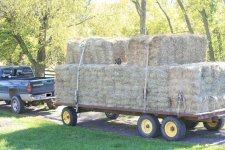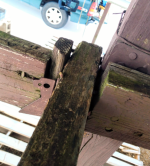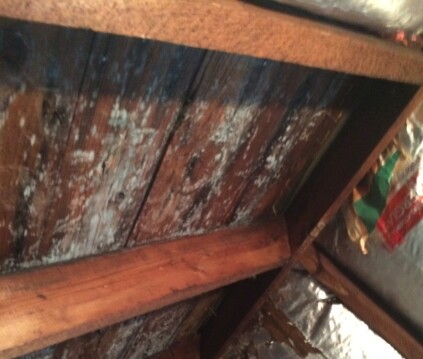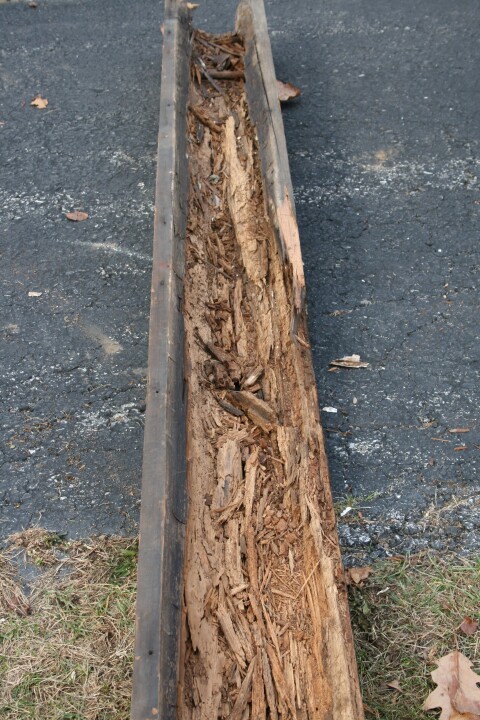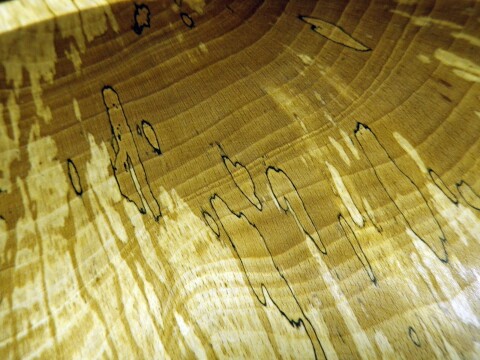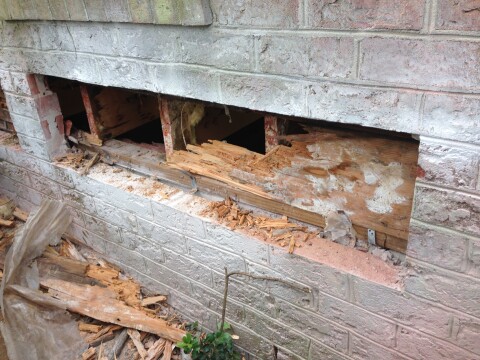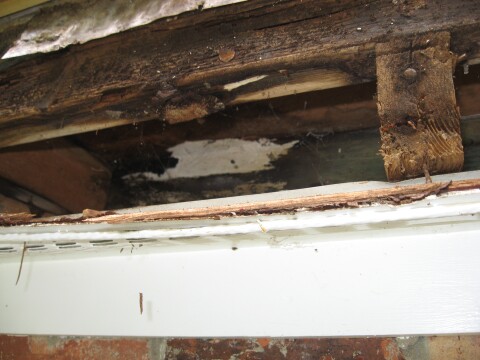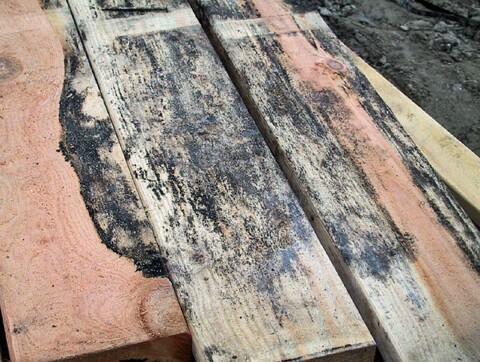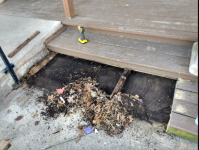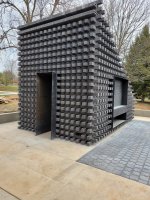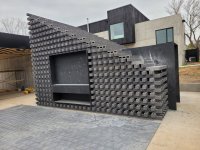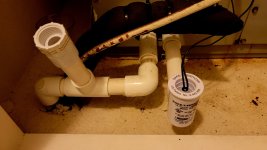BackwardsEngineer
curmudgeon
Misty,
Sealing a South Carolina Crawlspace
Traditionally, crawlspaces have been equipped with vents to allow fresh air exchange between the underfloor space and the outdoors, and floor systems were insulated with fiberglass batt insulation in the joist cavities. But in hot, humid, and mixed climate zones, the building-science...www.jlconline.com
JLC Online
Foundations
On the Job
Sealing a South Carolina Crawlspace
By Ted Cushman
LOGIN OR REGISTER TO DOWNLOAD THE PDF VERSION OF THIS ARTICLE. (6.7 MB)
Slideshow: Sealing a South Carolina Crawlspace
View All 9 Photos
Play slideshow
Traditionally, crawlspaces have been equipped with vents to allow fresh air exchange between the underfloor space and the outdoors, and floor systems were insulated with fiberglass batt insulation in the joist cavities. But in hot, humid, and mixed climate zones, the building-science justification for that approach has never been solid, and these days, the state-of-the-art solution is a sealed, conditioned crawlspace, with a vapor barrier protecting the underfloor space from ground moisture, and with the insulated thermal boundary moved from the framed floor to the wall perimeter. Codes have evolved in recent years to allow this approach, and the latest codes include prescriptive details for the ground vapor barrier, wall insulation, and conditioning system.
In the hot, muggy climate of South Carolina, a conditioned crawlspace is particularly advantageous. Even in dry Northern climates, ventilation is only marginally effective at removing ground moisture from an under-floor crawlspace; in the humid South, crawlspace ventilation openings that connect to the outdoor air often make things worse. So insulating and sealing the crawlspace has become standard practice in the low-country market near Charleston, South Carolina, and Savannah, Georgia.
With offices in Hilton Head and Charleston, S.C.,specialty contractor Energy One has created thousands of sealed crawlspaces over the past ten years, in both new and existing homes. We followed along as the crew installed and sealed the ground-cover vapor barrier under a new house, then applied poly-faced rolls of fiberglass insulation to the perimeter walls.
This house is located in the AE flood zone along the Wando River in the Charleston neighborhood of Daniel Island. So the crawlspace is required to have flood vents to relieve the pressure of high water in case of a flood—which complicates the air-sealing problem. In this case, Energy One was only contracted to install the ground cover and wall insulation; the builder's crew installed “Sealed Series” Flood Flaps.
However, Energy One planned to return as soon as the doors and vents were in place and a dehumidifier was installed. That's because in the damp South Carolina climate, mildew had already started to grow on the surface of the building's floor framing. As soon as the humidity in the space is controllable, Energy One will be back to scrub the floor framing with a sanitizing cleanser. Energy One also sells a long-term mold-inhibiting surface treatment, but in this case, the builder has opted for cleaning only. Once the crawlspace is sealed against vapor and air intrusion, mildew probably won't return unless the dehumidifier fails. To keep tabs on that risk, Energy One will install a humidity sensor alarm in the space.
About the Author
Ted Cushman
Ted Cushman
Contributing editor Ted Cushman reports on the construction industry from Hartland, Vt.
You picked one from my backyard.. Know the people and the company, I tell clients they are really good, get two other quotes add them together and that will be EO's price.. Crawlspace damage is big business here, along with anchoring and reestablishing footers and pilings. Entire neighborhoods are known hotspots for damage often exceeding 25% of homes overall value. So most new builds are slabs, that have there own issues but at least no mold, snakes or critters!
But it raises a really great reminder of how important long history of local flavor is to construction. Every area has its quirks and obstacles, ignore and your life will be harder and wallet lighter. As an example there is an old time well digger here, you call him on the phone if he answers his first question is what's your address? He knows from the combined experience between generations pretty much which machine to bring and prepares the clients ahead if its going to hurt. Not that he's always right, but he's usually not far off... So watching Taezzers build it wouldn't work well at here without modification or ours vice versa. He wouldn't dream of spending on hurricane windows, custom homes here sometimes hit 200k on windows alone or ss cable tie downs to hold it together in a storm..

